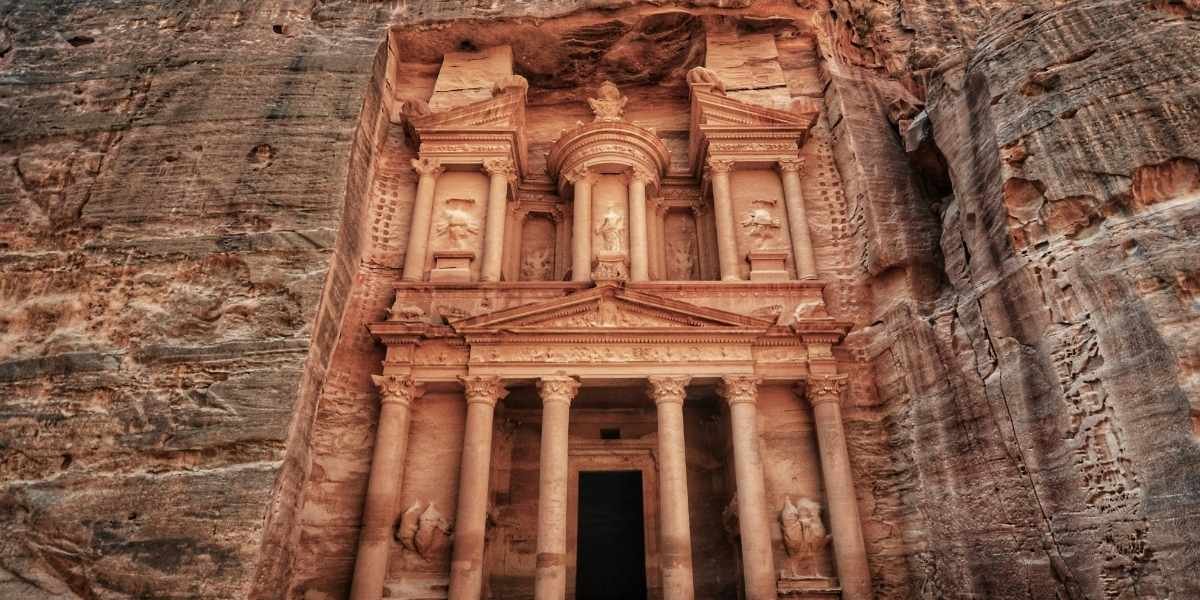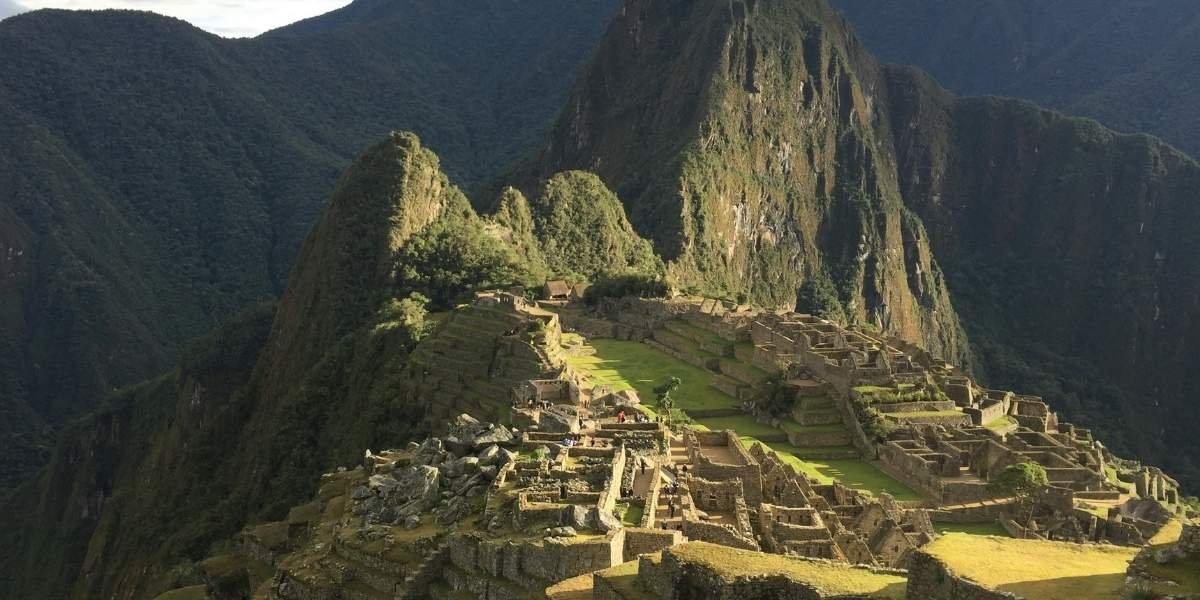The enduring fascination with ancient wonders, from the monumental Great Pyramid of Giza to the mythical Hanging Gardens of Babylon, speaks to a deeply ingrained human curiosity. These colossal structures, erected thousands of years ago with what seems like impossible skill, continue to inspire awe, wonder, and countless questions. They stand as silent testaments to civilizations long past, offering glimpses into their beliefs, ingenuity, and daily lives. The very act of contemplating these marvels triggers a powerful connection to our shared human history, transcending time and cultural divides to engage our minds in ways few other historical artifacts can.
Read Also: Legacy of the Aztecs in Mesoamerican History
Our captivation is not merely about their physical size or the engineering challenges they overcame. It delves into the mystery of their creation, the sheer human effort involved, and the stories they silently tell. These structures represent peak achievements of ancient societies, often built for purposes that resonate with fundamental human desires: to honor deities, commemorate leaders, or simply to leave an indelible mark on the world. Even for those that exist only in historical accounts and artistic renderings, their legends persist, fueling our imagination and inviting us to reconstruct their grandeur in our minds. The enduring appeal of these wonders is a complex interplay of historical significance, architectural genius, and the profound psychological impact they have on us.
What Makes Ancient Engineering So Awe-Inspiring?
One of the most immediate reasons ancient wonders continue to captivate is the sheer scale and engineering brilliance they represent, especially when considering the technological limitations of their eras. The Great Pyramid of Giza, for instance, constructed over 4,700 years ago, stands as the only surviving original Ancient Wonder. Its precise alignment with cardinal points, the massive stone blocks used, and the meticulous internal chambers continue to puzzle and impress modern engineers. How did ancient Egyptians quarry, transport, and lift stones weighing many tons with such precision? The absence of modern machinery makes these feats seem almost miraculous, pushing the boundaries of what we believe was possible thousands of years ago.

Similarly, the concept of the Hanging Gardens of Babylon, whether historical fact or captivating legend, describes a multi-tiered, lush oasis built in an arid landscape, requiring an intricate irrigation system to sustain its flora. The ambition to create such a complex and beautiful structure without modern pumps or structural steel evokes immense admiration for the ingenuity of its presumed creators. The Colossus of Rhodes, a massive bronze statue said to have straddled a harbor, or the Lighthouse of Alexandria, a towering beacon of ancient maritime engineering, speak to a human drive to master their environment and leave an imposing mark. These ancient wonders challenge our assumptions about past capabilities, suggesting a depth of knowledge and organizational skill that often feels comparable to, if not exceeding, that of later periods given the tools available. They force us to reconsider the intellectual and practical prowess of civilizations that laid the groundwork for so much of our own development.
How Do Ancient Wonders Connect Us to the Past?
Beyond their engineering marvels, ancient wonders serve as powerful conduits to the past, offering tangible links to civilizations whose ways of life differed significantly from our own. When we look upon the remnants of the Colosseum in Rome, for example, we are not just seeing ancient stones; we are witnessing a place where emperors held sway, where gladiators fought, and where thousands gathered for spectacles. It transports us to an era of imperial power, grand public entertainment, and vastly different social norms. This direct connection to history, through physical remains that have withstood millennia, is profoundly moving.
These structures often embodied the spiritual beliefs, political aspirations, and cultural values of their builders. The Temple of Artemis at Ephesus, dedicated to a powerful goddess, reflected the artistic and religious fervor of its time. The Mausoleum at Halicarnassus was a monument to love and eternal remembrance, blending different artistic traditions. By studying these ancient wonders, we gain insights into the minds and motivations of ancient peoples. We see their reverence for deities, their societal structures, their artistic expressions, and their understanding of the universe. This “back-looking curiosity,” as some historians describe it, helps us to understand the trajectory of human civilization, recognizing both the continuous threads and the dramatic shifts in human experience across the ages. They become physical narratives, telling stories that written records alone cannot fully convey, fostering a sense of shared heritage and the deep human desire to understand origins.
What Psychological Impact Do These Structures Have?
The fascination with ancient wonders also taps into fundamental psychological aspects of human nature. There is an inherent sense of wonder that these immense and mysterious creations evoke. This wonder often leads to curiosity, a deep desire to uncover the “how” and “why” of their existence. It’s a drive to solve puzzles and to comprehend that which seems almost incomprehensible. The sheer effort involved in building these structures—requiring immense human labor, sophisticated planning, and generations of dedication—speaks to the power of collective human endeavor and unwavering purpose. This can be inspiring, reminding us of the extraordinary achievements possible when people work together towards a grand vision.

These ancient wonders evoke a sense of humility and a perspective on our place in time. Standing before a structure like the Great Pyramid, which has witnessed countless generations rise and fall, can make one feel incredibly small yet connected to something vast and eternal. It prompts reflection on the fleeting nature of individual lives compared to the enduring legacy of monumental human achievement. This can be both a humbling and an empowering experience, fostering an appreciation for human resilience and the desire to leave a positive mark on the world. The mystery surrounding some of these wonders, particularly those like the Hanging Gardens whose existence is debated, only amplifies their allure, inviting speculation and imaginative reconstruction, further cementing their place in our collective consciousness.
How Do Ancient Wonders Influence Modern Society and Culture?
The influence of ancient wonders extends beyond historical study, permeating modern society and culture in various subtle and overt ways. Their architectural techniques, aesthetic principles, and even their symbolic meanings continue to inspire contemporary design, engineering, and art. Modern architects often draw lessons from the enduring stability of Roman arches or the harmonious proportions of Greek temples, seeking to replicate their timeless appeal in new constructions. These ancient feats set benchmarks for innovation, reminding present-day engineers that groundbreaking solutions have always been a part of human endeavor.
Read Also: Ancient Trade Systems: Exploring Business Practices from the Past
Culturally, these wonders are frequently referenced in literature, film, and popular media, ensuring their stories and imagery remain vibrant in the public imagination. They serve as iconic backdrops for tales of adventure, mystery, and historical drama. This continuous presence in popular culture helps to maintain their relevance and introduces them to new generations, sparking fresh interest and encouraging further exploration. The tourism industry also heavily relies on the enduring appeal of archaeological sites, with millions traveling annually to witness the remnants of these grand achievements firsthand. This demonstrates a shared human desire to experience history physically, to walk in the footsteps of those who came before, and to connect with the very stones that bear witness to ancient triumphs. The ancient wonders, therefore, are not just relics of the past; they are active participants in our present, shaping our understanding of human potential and inspiring us to look to both our past and future with a sense of limitless possibility.








